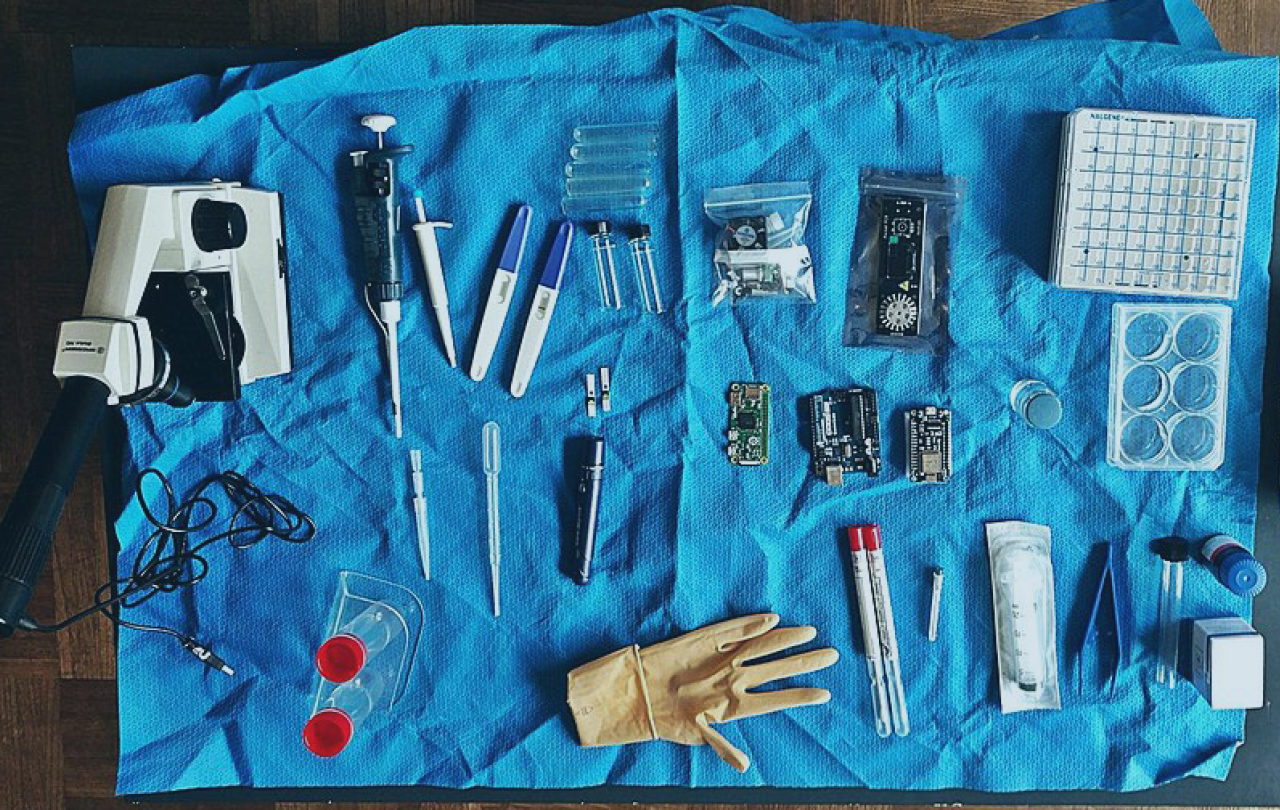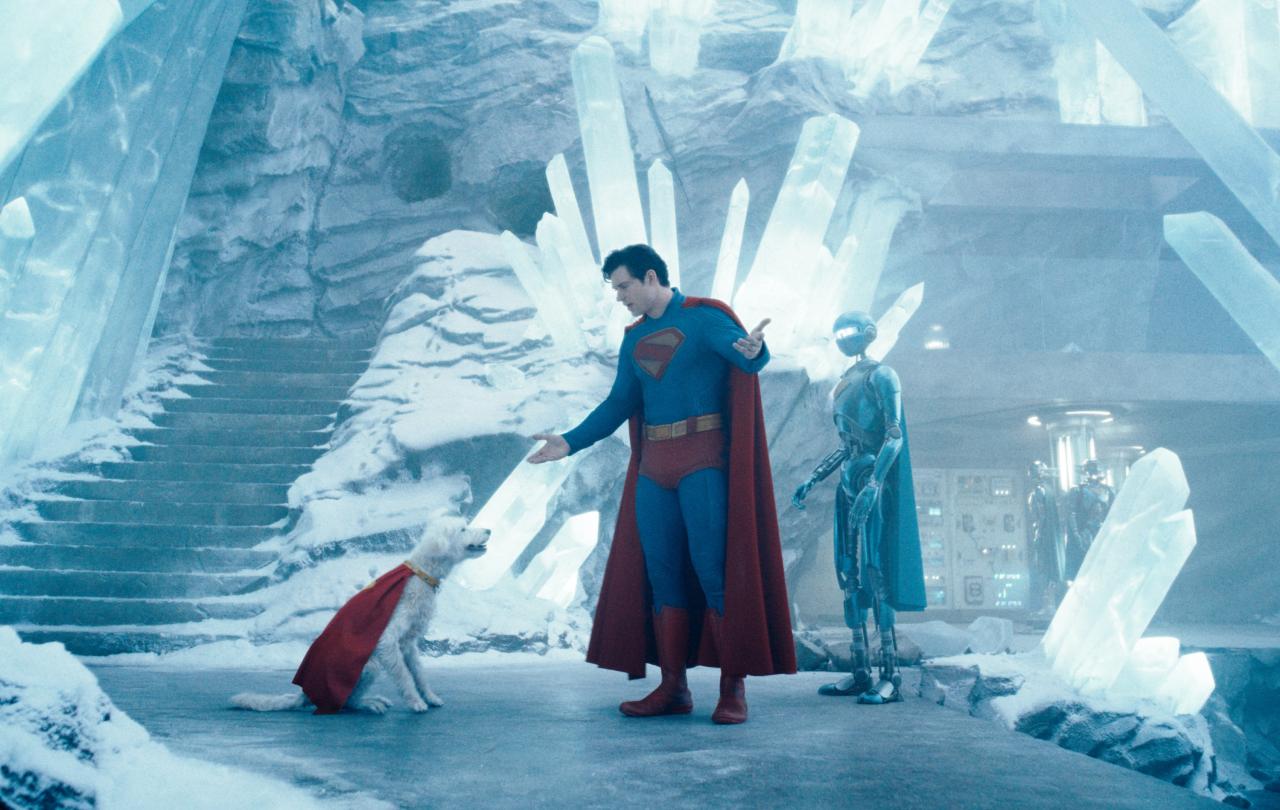
Welcome to the age of transhumanism. In this world, the goal is to overcome all limitations and restrictions that hold human beings back. Science, technology, and medicine should allow us to live longer, healthier, and better lives. So runs the promise. But is there a peril that goes along with it? To answer that question, we need to take a closer look at the phenomenon of transhumanism, particularly the view of human beings that lies behind the glittery promises of an “optimised” future.
Improving humans, however possible
Transhumanism is a global movement that seeks to use all available technological means to “enhance” human beings. From curing illnesses and overcoming physical limitations to expanding mental abilities, the movement aims to overcome all obstacles to the current human condition.
More precisely, it seeks to overcome all obstacles to the individual’s freedom to live the life he or she wants to live. In the attempt to enhance life, transhumanism veers beyond traditional forms of curing impairments (like compensating for bad sight with a pair of glasses) and ventures into more experimental fields (like manipulating the human eye to see ultraviolet or infrared light). Emotional or cognitive deficits (such as lack of concentration) are supposed to be overcome by “smart drugs” (like Methylphenidate / Ritalin) and even genetic modifications, and prostheses are considered to expand human capabilities.
The goal is to create “superhuman” abilities. The holy grail of this movement is drastically extending the human lifespan (if it is in a state of health and vigour). Ultimately, transhumanists want to “overcome” death.
There are two paths within the transhumanist movement on which they hope to arrive at this sacred goal: a biological and a post-biological way.
Biological transhumanism
Let’s have a look at “biological transhumanism” first: The focus here is on our current, carbon and water-based bodies. Weak and fragile as they are, biological transhumanists must make do with them to achieve the greater things they envision. Human beings must be treated with drugs, and a host of prefixed technologies: bio-, gene-, and nano-.
Aubrey de Grey’s project of postponing death by achieving a “longevity escape velocity” is a good illustration of the movement. De Grey is convinced that novel biomedical technologies can achieve a limitless extension of the human life span: “If we can make rejuvenation therapies work well enough to give us time to make them work better,” he writes, “that will give us additional time to make them work better still” and so on. The time gained with a particular innovation must only be greater than the time needed to achieve another such advancement. Therefore, he argues, the effective death of people alive today can be staved off indefinitely.
De Grey is not alone in transhumanist circles to predict such outcomes. Google’s Ray Kurzweil has a similar view: “We have the means right now to live long enough to live forever”.
Such optimistic prognoses bank on a view of human beings as being essentially a body-machine that can be controlled and improved at will. The key to unlocking its potential is information theory.
Think of human beings as an algorithm, and, in principle, all their problems can be solved by engineering. Cultural critic Evgeny Morozov poignantly called this approach “technological solutionism”. From a ‘solutionist’ perspective, humanity is increasingly seen as the problem that needs solving. Thus, not only must we develop new technologies to guarantee human life and freedom, but humanity needs to adapt. Those necessary “transformations” of the “human” are what inform the first dimension of the term “trans-humanism”.
If human beings want a seat at the table in the digital future, they must find a way to merge with and dissolve into the digital sphere—or so the transhumanist narrative goes.
Post-biological transhumanism
The second path is “post-biological transhumanism”, which takes a more radical approach. Here, the focus is on leaving behind our current bodily form altogether and radically transcending the limitations of what it means to be human today. Those alterations, such transhumanists argue, will be so radical that calling the result “human” will no longer be adequate. The preferred means to achieve the future state are taken from the digital sphere: algorithms and information processes.
The view of “the human as a machine” becomes more specifically “the human as a computer”. Mind, spirit and consciousness are understood to be the software within the hardware of the body. Human beings are perceived to be biological computers and thus in direct competition with digital computers. And those are becoming increasingly powerful by the hour. If human beings want a seat at the table in the digital future, they must find a way to merge with and dissolve into the digital sphere—or so the transhumanist narrative goes.
Immortality in the Cloud?
For post-biological transhumanists, the ultimate goal is called “mind-uploading”. The idea is that we can upload our minds (selves) to the internet and achieve immortality—at least if all we are is the sum of information processes in the brain and as long as the internet infrastructure is still available. Mind uploading requires leaving behind our current biological form of life altogether and dissolving into virtuality.
This vision of virtual immortality is why post-biological transhumanists tend to place their hopes in information technologies, software algorithms, robotics and artificial intelligence research. They aim to overcome and entirely leave behind the “human” as it is. This move to “transcend” informs the second dimension of the term “trans-humanism”.
In classical humanism, at least from the Renaissance to the 1970s, “human improvement” meant education, moral, intellectual, and practical formation and refinement towards a concrete ideal of humanity and the shaping of a society that enables such formative processes.
Is there a solution?
But can those transhumanistic approaches really deliver on their promises?
Human beings have always tried to improve themselves—not least through technology. What is new today is how transhumanists define “better” and some means of realising those perceived benefits. With its solutionist approach to life, transhumanism discards large swaths of traditional techniques to “improve” human beings and their lives. In classical humanism, at least from the Renaissance to the 1970s, “human improvement” meant education, moral, intellectual, and practical formation and refinement towards a concrete ideal of humanity and the shaping of a society that enables such formative processes.
But in the age of transhumanism, there is a tendency to believe that we can delegate such hard work of the self to a new technocracy and their algorithmic tools—who, to put it mildly, may not always have our best interests at heart.
Freedom is best conceived, not as a mere “choice” to do what we please, but the liberty to live a truly fulfilling life, which almost always includes others .
The main problem, however, is that ultimately, we cannot delegate our future to machines because, after all, we aren’t machines. Instead, we must learn to live with ourselves, our limitations, and our finitude, or we will never be free. Freedom only ever begins once we learn to let go of ourselves and start living for and with others.
The reason for this is that freedom is best conceived, not as a mere “choice” to do what we please, but the liberty to live a truly fulfilling life, which almost always includes others. Many of the things that make a future worth wanting in the first place are shared goods, relational, communitarian, cultural values and practices that needn’t be optimised or automated at all—at least not technologically.
When building a sandcastle with my toddlers, that process needn’t be optimised (which realistically would mean excluding the toddlers from the process altogether). Rather, the process of doing it together is the point. Political decision-making processes, to take another example, also don’t have to be automated or made more efficient through algorithms. Struggle in deliberating how our society should look is the point. Without such moral deliberation, our public life is diminished. In many cases, the slowness, strenuousness and inefficiency of such processes is a feature, not a bug.
A tech future beyond transhumanism
Having this in mind changes the questions we pose in light of novel technologies: How (if at all) can they be integrated into our lives in such a way that they open up the world in its complexity, allowing us to experience the fullness of life and enabling us to shape the future we really want?
It is time to rediscover and bring back religious and humanistic traditions of self-formation into our public debates about the future. Far from being relics of the past, soon to be discarded, they can provide us with tried and true values, practices and virtues around which we can organise our societies in the digital future. They provide us with the tools to unlock the sources of care and the will to create a better social framework in which human beings and technology find their place. The future need not be transhuman to be better; being fully human is quite enough.





